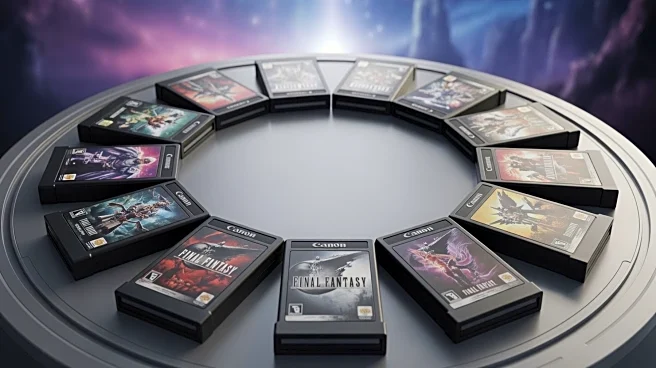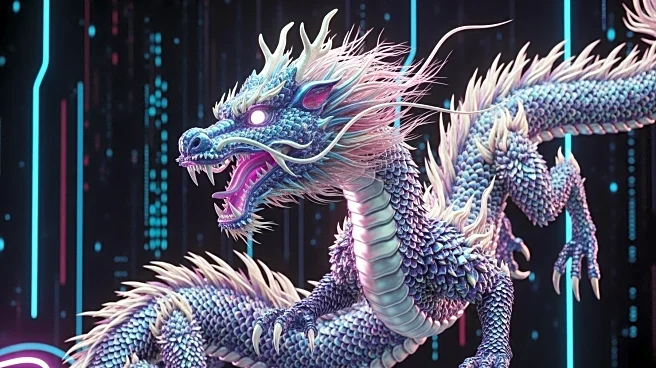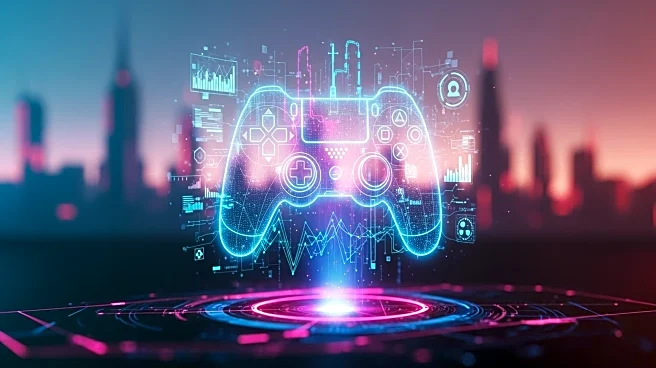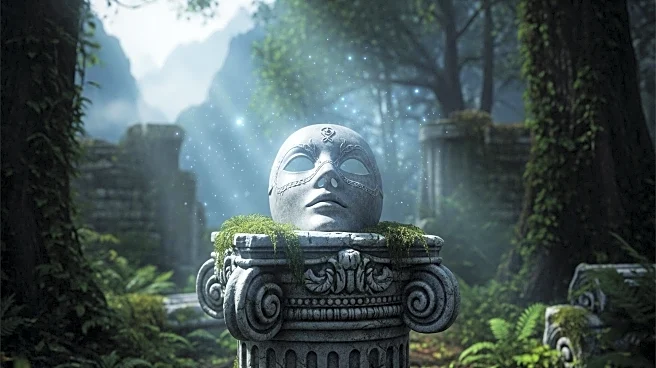What's Happening?
Sucker Punch Productions has released a detailed breakdown of their latest video game, 'Ghost of Yōtei,' which is set in Hokkaido and follows the story of Atsu, a skilled swordswoman seeking revenge for her parents' murder. The game features Atsu's quest to eliminate the Yōtei Six, a group of outlaws responsible for the crime. A pivotal moment in the game occurs at Teshio Ridge, where Atsu confronts Oyuki, a shamisen player who turns out to be the Kitsune, a member of the Yōtei Six. This revelation challenges Atsu's ability to forgive, as Oyuki claims manipulation by the group's leader, Lord Saito. The narrative is enriched by motion capture performances and a vivid color scheme that reflects Atsu's emotional journey.
Why It's Important?
The release of 'Ghost of Yōtei' highlights the growing trend of narrative-driven video games that blend interactive gameplay with deep storytelling. This approach not only enhances player engagement but also sets a new standard for emotional depth in gaming. The game's exploration of themes like revenge and forgiveness resonates with players, offering a complex portrayal of human emotions. As the gaming industry continues to evolve, such innovations could influence future game development, encouraging creators to prioritize narrative and character development alongside technical advancements.
What's Next?
Sucker Punch's focus on narrative and motion capture in 'Ghost of Yōtei' may inspire other developers to adopt similar techniques, potentially leading to a wave of games that emphasize storytelling. The game's success could also prompt discussions on the role of video games in exploring complex emotional and ethical themes, possibly influencing public perception of gaming as a medium for artistic expression. Additionally, the game's reception might impact Sucker Punch's future projects, encouraging them to further innovate in narrative design.
Beyond the Headlines
The game's narrative, which intertwines themes of revenge and forgiveness, offers a unique opportunity to explore the psychological impact of trauma and the human capacity for empathy. This could spark conversations about the portrayal of such themes in media and their influence on societal attitudes towards conflict resolution and personal growth. Furthermore, the game's setting in Hokkaido and its cultural elements may contribute to a broader appreciation of Japanese culture and storytelling in the global gaming community.











